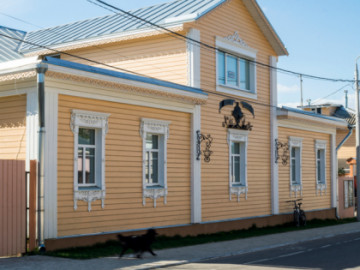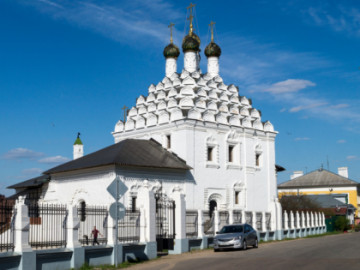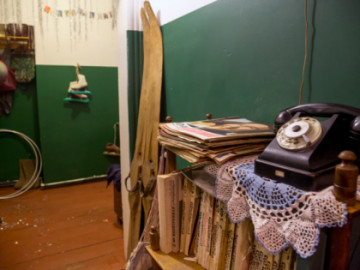Kolomna Kremlin: a walk near the ancient walls, kalachi and toy museum
The stone Kolomna Kremlin was built in the period from 1525 to 1531 on the site of a wooden fortress destroyed by the Kazan and Crimean Khanates. It is believed that its construction was headed by the Italian architect Aleviz Fryazin, who previously led the construction of the Moscow Kremlin. The Kolomna Kremlin is one of the most impressive fortresses of the 16th century. It withstood many enemy invasions. However, in the 18th and 19th centuries, after this fortress lost its strategic importance, local residents gradually dismantled it for the building materials. A special decree of Tsar Nicholas I stopped this destruction. But the walls of the Kremlin and the buildings on its territory were badly damaged by that time. Today most of the buildings have been restored.
There were 17 towers in the Kolomna Kremlin, and only 7 of them have been preserved, including the famous Marinkina Tower, in which а Polish girl Marina Mnishek, crowned as a Russian tsarina, was languishing. She was the wife of a pretender king False Dmitry I who pretended to be the son of Tsar Ivan the Terrible. The oldest square of Kolomna – Sobornaya is in the center of the Kremlin. It is surrounded by churches. In particular, the oldest Uspensky Cathedral with a bell tower, which was rebuilt in the XVII century, the Novo-Golutvin Holy Trinity Monastery of the XIX century, as well as the Tikhvin Church of the XVIII century. It is important to pay attention at the Church of the Exaltation of the Holy Cross of the XIX century, in the guise of which the features of classicism and ancient Russian architecture are combined. In addition, there are several interesting and distinctive museums in the Kolomna Kremlin. For example, one can go to the Kalach Museum. Here visitors will learn about the ancient process of cooking these rolls and even taste a ruddy roll made in a real oven. It is worthwhile to also go to the Museum of Favorite Toy, the Marshmallow Factory Museum and to the Museum Forging Settlement.
GPS coordinates
55.10309253934505, 38.75222325325012
Phone
+7 496 6130546
Official website
Opening Hours
Now - closed
Mon-Sun
10:00-18:00
Nearby

Eshka Kafe

Museum of Russian Marshmallow
Museums and Exhibitions

Church of St. Nikola Posadsky
Architectural Monuments • Temples and places of worship • Cathedrals and churches • Other places

Museum of Military Glory
Architectural Monuments • Museums and Exhibitions • Other places

Art-Kommunalka Erofeyev and Others Museum-Residency
Museums and Exhibitions

Kalyannaya Hookah STARS




